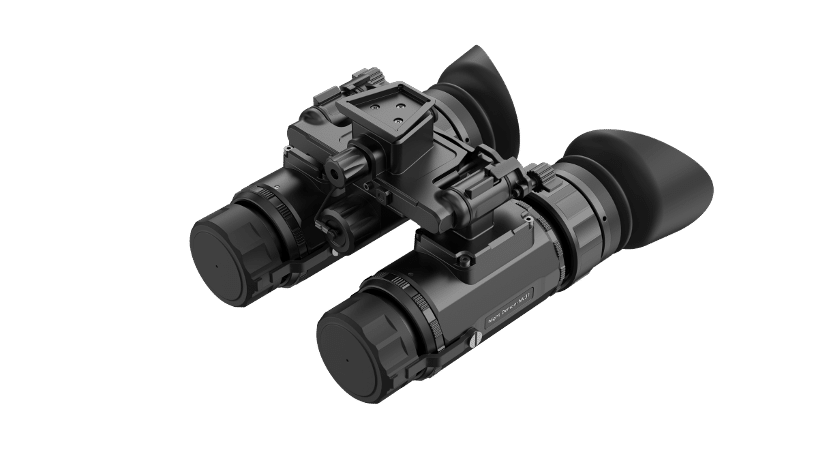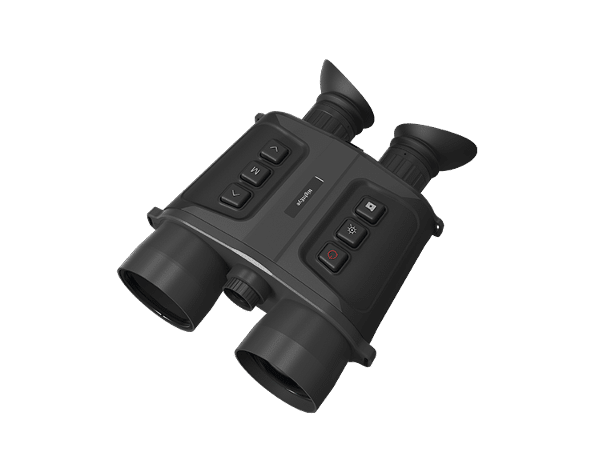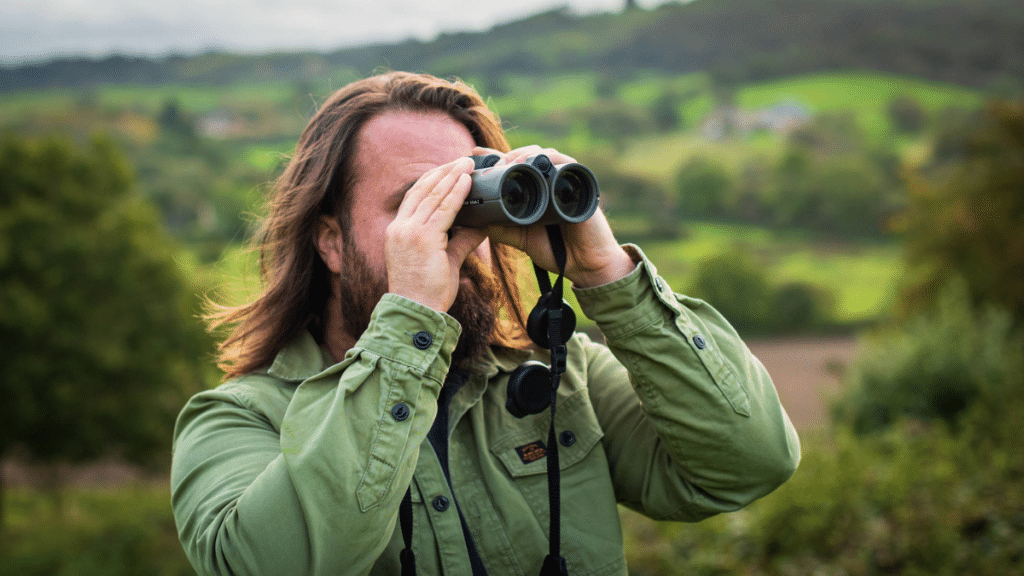For birdwatchers, a good pair of binoculars is more than just helpful – it’s essential. They let you see distant birds up close and reveal key features and behaviors with clarity. The right choice turns an average walk into a memorable wildlife encounter. This guide explores the best binoculars for birdwatching in 2025. The aim is to help you choose the right pair for your needs.
Top Picks for Birdwatching
The following are the recommendations for the best binoculars for birdwatching:
1. Best Night Vision: IRVOTEX ND-NV31
The IRVOTEX ND-NV31 stands out for birdwatching at night. This lightweight night vision offers exceptional performance compared to traditional plastic night-vision devices. Its top features include:
- The binocular body is built with full magnesium alloy; near-identical weight, yet superior texture vs traditional-material counterparts.
- Compact and portable build minimizes strain during long birdwatching sessions and hikes.
- Up to 15 hours of battery duration support uninterrupted viewing across day trips and overnight outings.
- Auto screen-off avoids accidental illumination that could disturb birds or compromise your position.
- 850nm infrared fill light reveals bird activity and movement in complete darkness or heavy forest canopy.
- IP67 protection rating withstands rain, snow, and dusty conditions during outdoor birdwatching sessions.

2. Best Thermal: IRVOTEX NE Series
The IRVOTEX NE Series represents innovative thermal imaging technology for birdwatchers. The top features that make it one of the best binoculars for birdwatching include:
- Dual-light ultra-clear visuals bring out the finest details in feathers and flight movements.
- Extended 5000-meter laser ranging assists in monitoring far-off locations and bird trajectories.
- Classic binocular compact design provides natural viewing comfort during extended birdwatching sessions.
- 64GB storage memory preserves thermal images of rare bird sightings for later study and documentation.
- Shutterless auto-calibration technology helps track fast-moving birds in flight with ease. It maintains clear images efficiently.

3. Best Budget: Vortex Diamondback HD 8×42
Vortex Diamondback is designed for birders who want performance without the premium cost. It offers crisp views in a lightweight package. Its top features include:
- HD optical system reveals complex feather patterns and markings essential for accurate bird identification.
- Advanced multi-coating technology improves low-light performance.
- High-end prism coatings provide natural color rendering for spotting subtle feather variations.
- True open hinge design reduces hand strain during extended periods of bird observation and tracking.
- ArmorTek coating provides excellent protection. Lenses don’t get scratched during rugged outdoor birding expeditions.
4. Best for Beginners: Celestron Nature DX 8×42
This popular product boasts both an affordable price and a beginner-friendly design. It helps new birders spot and identify species with confidence. Many characteristics make it one of the best binoculars for birdwatching:
- Phase-coated BaK-4 prisms enhance image sharpness for easier identification of key bird features and markings.
- Fully multi-coated optics brighten images in shaded forest areas where many songbirds prefer to feed.
- 6.5-foot close focus distance allows detailed study of small birds and insects in nearby bushes and trees.
- Wide 388-foot field of view is impressive. It makes it easier to track birds in flight for beginning birdwatchers.
How to Choose the Right Binoculars
Selecting the best binoculars for birdwatching requires careful consideration. Assessing these key factors helps make an informed decision:
1. Know Where You’ll Be Birding
Your birding environment significantly influences your choice. Open habitats like grasslands benefit from higher magnification birdwatching binoculars. Dense forests require wider fields of view for quick bird spotting. Also consider whether you’ll be birding in low-light conditions like dawn or dusk.
2. Test for Comfort and Fit
Comfort becomes crucial during extended birding sessions. Make sure they feel comfortable and well-balanced in your hands. The eyecups should align properly with your face, and the overall weight should suit extended use. A good fit reduces neck fatigue and improves your birding enjoyment.
3. Match Specs to Skill Level
Beginners often benefit from 8×42 models with wide fields of view. These specifications make bird tracking easier. For advanced users, higher magnification can offer better detail when observing birds from afar. Choose a product that covers your present needs and skill level best.
Conclusion
Choosing the best binoculars for birdwatching enhances every birding adventure significantly. The above recommendations serve varied needs and budgets effectively. Make sure to consider your birding environment, comfort needs, and skill level when deciding.
